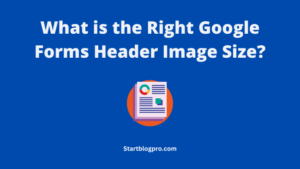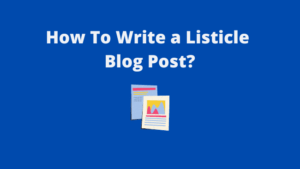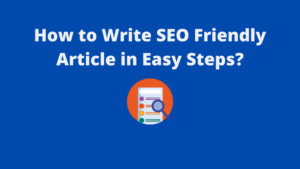Want to create a landing page copy with high conversion rates? But don’t know how then you are in the right place.
A landing page is a major component of a digital marketing strategy. You need to create LPs for offers, products or services. A good LP costs upward of $500 per page.
For the designing part, you can use a good landing page builder. But it is copywriting and persuasive writing techniques that you need to master.
Let me help you out…
In this article, you’ll learn what is LP and how to create a good landing page copy. I have created a landing page template along with more tips and strategies.
Here are the topics that we cover:
Remember: Creating and optimizing landing pages is not about spelling, grammar, or design. but it is the message that resonates with your audience. It’s not about the product, but rather about whom you want to attract.
Read: The Complete Beginners Guide to Affiliate Marketing.
Keeping this in mind, let’s start by defining LP.
What is a Landing Page?
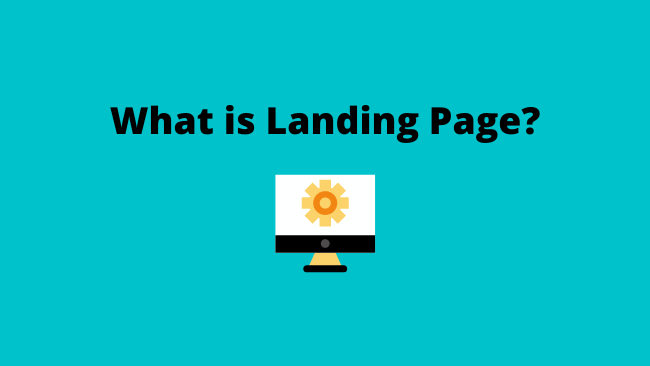
A standalone web page on which the traffic lands from various sources. The sources are ads, emails or other online platforms. It excludes the traffic from your site.
Most landing pages receive traffic from pay-per-click ads. E.g, Google Adwords. The sole purpose of a LP is conversion.
A conversion is when a user takes the action that the page copy is prompting for. The action can be any one of the following:
- Fill out an inquiry form
- Order a sample/demo
- Join email list
- Enrol for course/webinar
- Buy a product
- Download App
The conversion rate measures the effectiveness of a landing page. It is the percentage of visitors that take the action after they land on the page. For every 100 visitors, only 2 take the action then the conversion rate is 2% for the LP.
A good landing page has an average conversion rate of 1 to 10%. Some of the high converting pages have conversion rates of over 30%.
What is the Importance of a Landing Page?
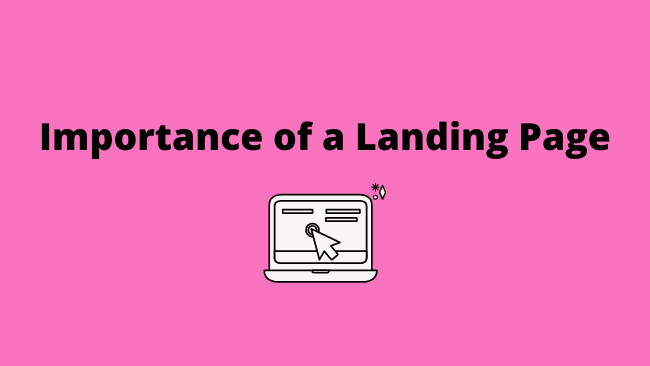
As a business owner, you work hard to build your brand. You create a website or blog around your offers. But it is useless if your visitors don’t convert.
The landing page is the tool that helps convert visitors into customers. Thereby improving your site revenues. It leads the customers to the specific product, service or offer. Then, prompts and encourages them to convert.
These are some of its benefits:
- More conversions
- Improves brand value
- Builds and expands customer base
- Grow your email subscriber list
- Provides information related to the offer
- Generates more leads
- Collects and measures metrics and information
- Provides extra insights about your audiences
- You can test them and optimize them
Home Page vs Landing Page
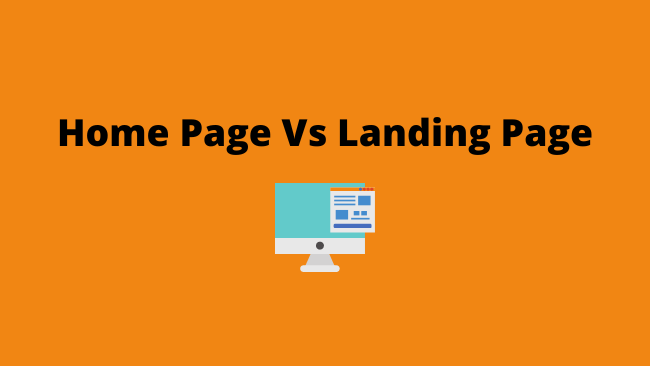
The homepage and the landing page have different goals and purposes. The home page features general information. Whereas a LP has information for achieving a specific goal.
Differences between the homepage and the landing page
| Home Page | Landing Page |
| Promotes a website | Promotes a single product/offer |
| Contains General information | Contains a persuasive copy |
| Overview of Your Business | Overview of Product |
| Links to many important pages | One or Two links only |
| Contains Contact Information | No contact information |
| Navigation Menu No | Navigation Menu |
| Permanent Page | Temporary Page |
| The main Traffic is organic | Main traffic from paid ads |
| Prompts visitors for Site Browsing | Prompts visitor to action |
| Acts like a Storefront. | Acts like a Salesman |
| For Brand Awareness | For conversions |
| Many Exit points | Limited exit points |
| Less CTAs or call to actions | More CTAs |
What are the Different Types of Landing Pages?
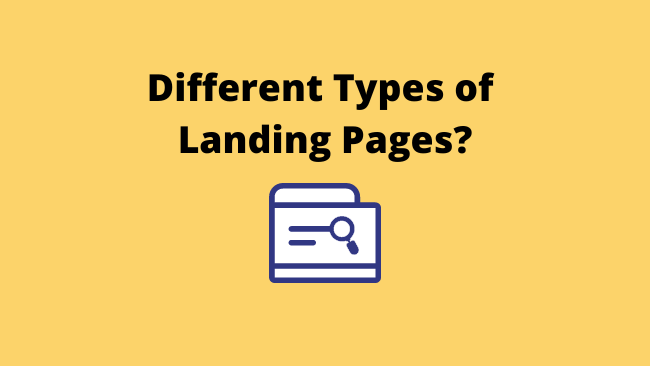
There are various types of landing pages depending upon the intent or design. Each type of landing page has its merits and demerits.
Understanding the difference allows for selecting the appropriate one for your goal.
These are the different types of LPs:
Squeeze Pages
The squeeze pages are also known as lead capture pages. The purpose of a squeeze page is to capture the personal information of the visitor. E.g, the name and email address of the visitor.
Click-through Landing Page
A click-through landing page is a simple page. It has the most important details of the product or service. The main purpose is to explain the offer and prompt the user to take action.
Infomercial Landing Page
The infomercial landing page contains a ton of information about a specific offer. It is a lengthy persuasive copy. It pulls the user into its sales messages. Answer his doubts and fears. Making him or her read the entire page content.
Viral Landing Page
The viral landing page is useful for reaching out to the masses. These pages help in improving brand awareness. They contain Gifs, funny videos or anything that has the potential to go viral on the internet.
Microsites
A microsite is a small site consisting of a few pages. This format is useful for promoting many products of the same seller. In spite of having many pages, we call them landing pages due to their intent and design.
Product Detail Landing Page
The product detail landing page is a page on the main site. Though, it contains information about a specific product. Unlike other LPs. It has a navigation menu and other distractions like ads and related products or pages.
Homepage as a Landing page
Although a homepage is not a landing page. But some marketers use the homepage as a LP for their paid campaigns. These pages often have a lot of distractions that lead to very low conversion rates.
How To Plan a Landing page?
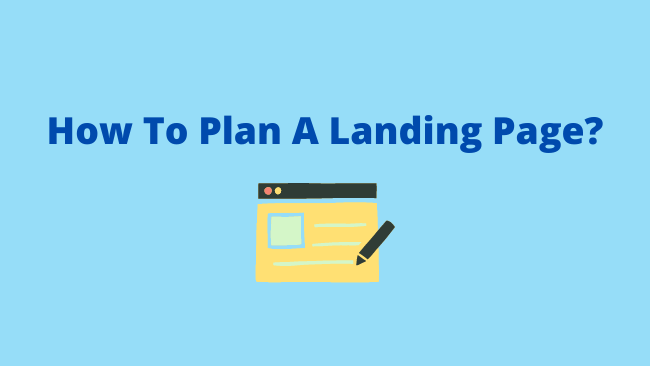
If you want to create high converting landing pages. You need a good landing page strategy.
Pinpoint the exact goal you want to achieve with your page. Then, deliver the right message to the right audience. A good design and the structure of the page are important too.
Here are the steps for planning a LP:
Step #1: Define the Conversion Goal
A good landing page starts with a specific and measurable goal. Fixing the goal helps in deciding the structure and elements of the page. E.g, the landing page template, page elements, and the landing page copy.
Step #2: Who is Target Audience?
Once your goal is clear, you should figure out the target audience. This will help in understanding their needs and behavior. So that you can deliver them the right message, resulting in higher conversions.
Step #3: What Problem Are You Solving?
Let’s face it, visitors visit your page to solve an urgent problem. They are least interested in the features your product offers. So, focus on one specific problem per landing page. Talking about many problems will confuse your audience.
Step #4: How to Deliver the Information?
Once you have a clear aim for your LP. Figure out how to deliver the information. Decide the length, structure and format of the landing page.
Step #5: How the Target Audience Should Respond
The purpose of a landing page is to prompt the reader to respond. You need to customize your message to elicit the desired response. The response can be to subscribe to your email list. Opting for a product demo/sample or buying a product.
Step #6: Make It Easy For Them To Respond.
Always use a clear call to action with a single goal. Use the button text to inform the action the reader should take. Avoid lengthy forms with too many fields. Ask for their name and email.
How to Write a Landing Page Copy?
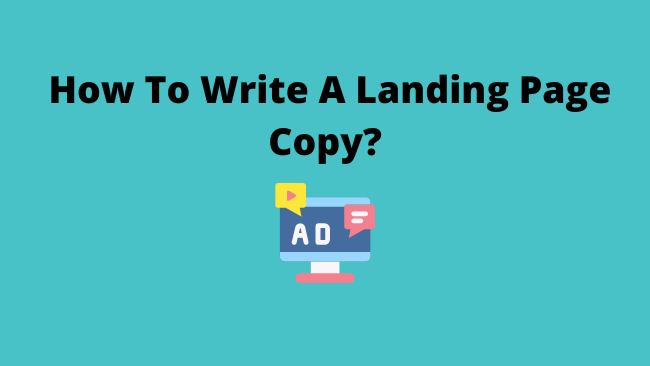
As you research the target audience and fix landing page goals. It’s time now to start writing the landing page copy. A good target audience research helps in crafting the right message.
The first step in writing a LP is to create a layout. A layout contains various sections for the landing page content. The most common ones are:
The Hero Section
The first thing that you encounter on a LP is a hero section/message. It includes the headline, subheadline and a CTA (call to action). Let’s start by discussing the elements of the hero section.
Title or Headline
Create a headline with your key selling point. Try to include the value proposition. The headline should be short, build trust and lasting. It should hook the reader and compel him to read the sub-headlines.
Subtitle
The subtitles or subheadings should expand on the headline. Explain how you are going to provide the value promised in the headline.
Call To Action
The CTA differs depending upon its location on the LP. In the hero section, it should be short and in agreement with the message of the headline and subheadline. The CTA at other places should match with the message before it.
Use Visual Content Like Images and Videos
Use image/video to amplify the message of your page. The visual content makes your LP attractive and engaging. It is easy to consume and delivers more information than written text.
Use visual media to show your product in action. Customize the visual content depending upon its location on the page.
Social Proof
To sell your idea, you need to win the visitors’ trust. The best way to do so is through social proof. Let’s face it, people find it difficult to trust an unknown brand. In such cases, the reviews, success stories and personal recommendations add to credibility.
Show Benefits Using Features
Use a section on your LP to showcase the features. Explain the list of benefits to the visitor and support it with the product features. In the end, people need the product or service benefits and not features.
Objection handling using a FAQ
One of the most important parts of selling is handling objections. Try to answer most of their queries in your landing page copy. You can cover the leftover doubts and objections using a FAQ section.
Founders Notes
The founders’ notes are the founders’ story. This section shares your story. Who you are and how and why you started. It helps your audience to know more about you and relate to you.
Landing page: Tips and Strategies
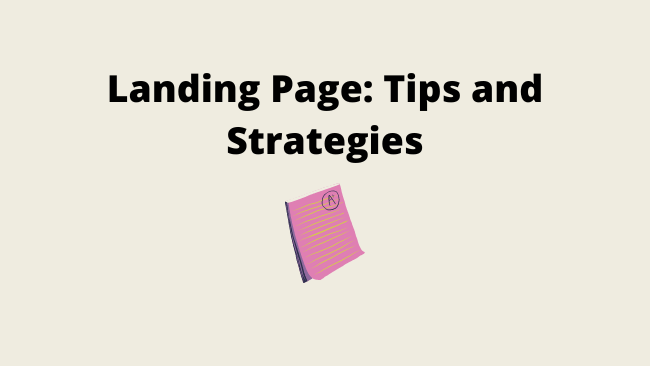
Optimizing landing pages is a continuous and never-ending process. So, keep learning new tips and improving your skills.
Here are some of the landing page tips and strategies:
One Target Audience
Create a page for a specific target audience. This will result in a laser-focused landing copy. Research the demographics, characteristics, habits and needs of your target audience. Then address them in your landing copy
Important Information First
Use the inverted pyramid technique of copywriting. Most of the visitors see the above fold information. So, your landing page copy should be top-heavy. Prioritize and present the most important information first.
Focus on Readability
Ensure that the reader can scan and follow the content. Your writing should be clear, concise and persuasive. Try to give more information using a few words. Use shorter sentences and paragraphs
Break down the text into headings, subheadings and bullet points. This will improve the scannability of the text. Use an active voice with common and familiar words.
Match with Ad Copy
PPC ads drive traffic to a landing page. Match landing page copy with the ad copy. It is outright annoying to click an ad and land on a page that is providing unrelated information.
Clear CTA
Use large buttons with a call to action text. The text should support CTA and create scarcity and urgency. Repeat the CTA many times on your landing page copy. You should have one CTA button above the fold.
Landing page Copywriting Formulas and Frameworks
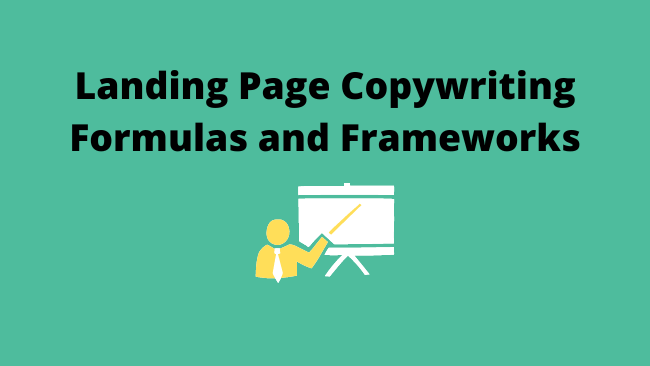
Use the landing page copywriting formulas and frameworks. They are very useful for copywriting and creating landing page content.
Some of the most common copywriting formulas for creating persuasive copy are:
AIDA
Attention – Grab your ideal user attention using compelling headlines and subheadlines. Communicate the product, service or lead magnet.
Interest – Use bullet points, images and testimonials to kindle the visitors’ interest. Use simple and least complex ways to communicate the benefits of the offer.
You can use imagery to demonstrate the product. Show them how the product or service saves them time, and money, and how easy it is to get started.
Desire – Use reviews, testimonials, trust seals and media logos to arouse the visitors. desire. If you don’t have testimonials, create a benefit-driven story. If you create desire, the visitor will be ready for action.
Action – We use buttons and forms as action elements. It should be crystal clear to your visitor how to complete the action. Mention the desired action in the form of the button text.
A few of the example texts are:
- Order now
- Enrol now
- Buy now
- Download now
- Yes I want to (insert result)
- Get instant access instant access
SHINE
Specific about your product and the intended customer
Helpful To your customer will they learn something
Immediacy Why should your customer take action now
Newsworthy Was it bold is it a good story
Entertaining Does it pique the visitors’ interest
CLOSER
Credibility using a webinar
Lure incentivizes them to take action
Objection handling
Social proof
Ease of use
Result
A Landing Page Example Template
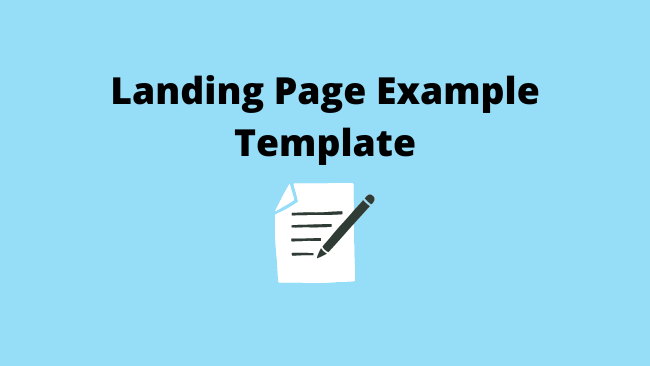
One of the fastest ways to create a LP is using a template. Use this template to create your first high converting LP.
| Title/headline – The value you are providing | |
| Subtitle – how to deliver the value image | Product Image |
| CTA – Guide the user for the next step – call to value |
Social proof – should be above the fold – builds trust
——————————————————Fold—————————————————
Features and Objections
More social proofs – Testimonials – Success stories
FAQ extra objection
2nd CTA
Founders Note – Founders’ story
Conclusion
Writing a good landing page is an art as well as a science. First, figure out the audience and their specific problem that needs urgent attention. Then you need to craft your message that addresses the issue.
Depending upon your requirements, pick one from the different types of landing pages. Choose a good layout, you can start with a landing page template. Create a persuasive copy using the LP formulas.
Keep learning and upgrading your landing page writing skills. That is how you keep improving your writing skills and conversion rates too.
I hope you enjoyed reading the article.
How do you plan to start your LP copy?


